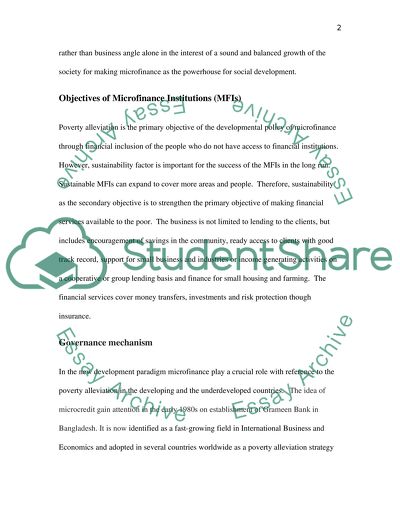Cite this document
(“Microfinance lending technologies and their impact on the Coursework”, n.d.)
Retrieved from https://studentshare.org/finance-accounting/1410835-microfinance-lending-technologies-and-their-impact
Retrieved from https://studentshare.org/finance-accounting/1410835-microfinance-lending-technologies-and-their-impact
(Microfinance Lending Technologies and Their Impact on the Coursework)
https://studentshare.org/finance-accounting/1410835-microfinance-lending-technologies-and-their-impact.
https://studentshare.org/finance-accounting/1410835-microfinance-lending-technologies-and-their-impact.
“Microfinance Lending Technologies and Their Impact on the Coursework”, n.d. https://studentshare.org/finance-accounting/1410835-microfinance-lending-technologies-and-their-impact.


